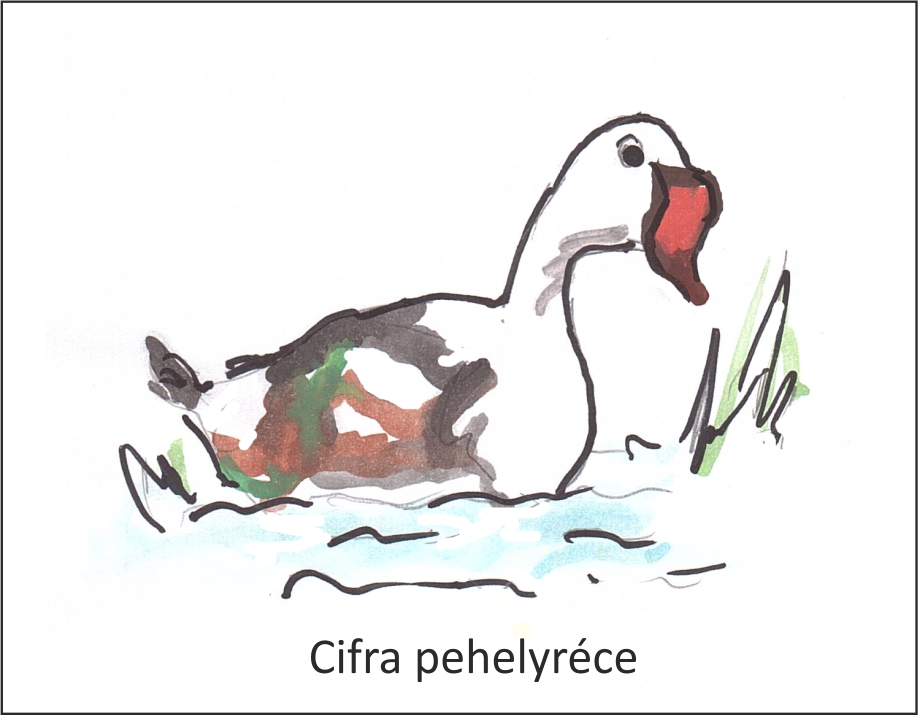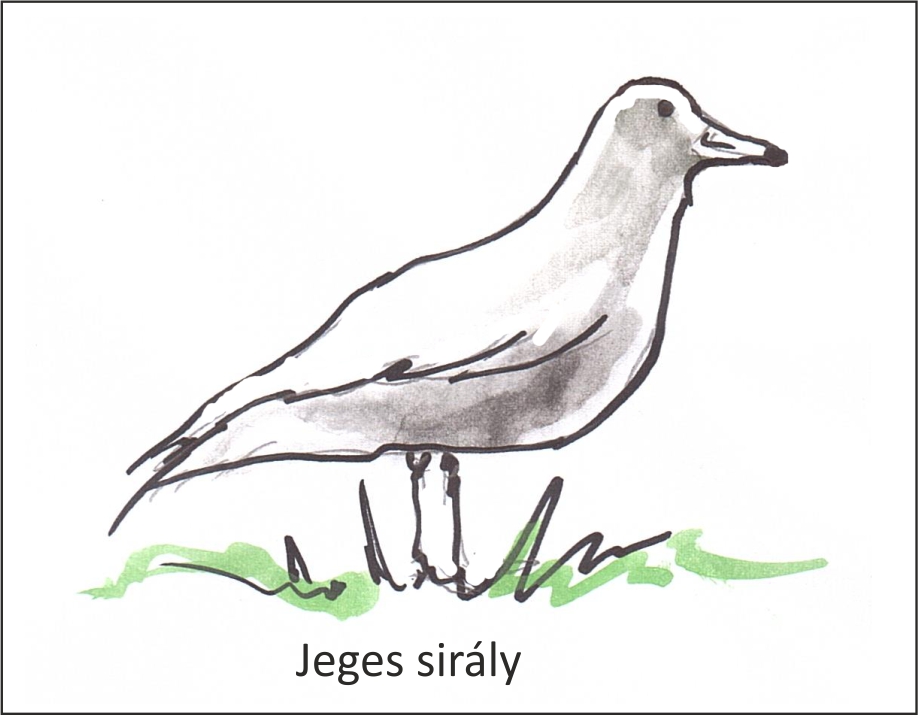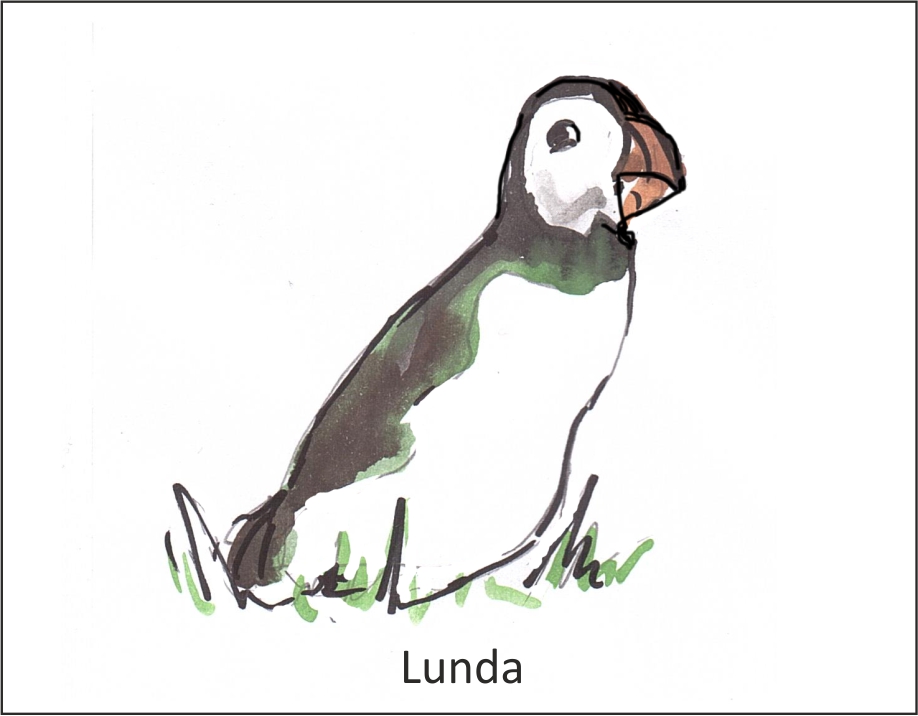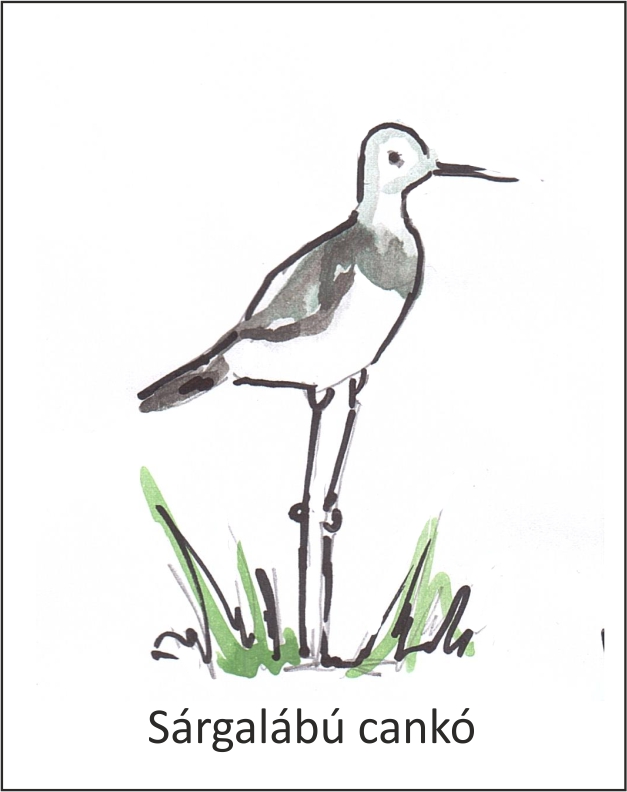
The fauna and flora around us have many miracles. Valuable, rare and unique bird species can be seen in the sky, in Hungary; for example, those 4 species which can be seen in the Móra Ferenc Museum. Read about them and how they got there.
Did you know?
King eider (Somaterie spectabilis)

This is a rare bird which was found in Hódmezővásárhely in 1876. The bird died because of hunting. Its hunter is unknown, its carcass was found by pupils who took it to the local pharmacist who prepared the bird immediately. The bird was taken to the local reformed high school, later to Tornyai János Musem, then to Szeged. The bird has been seen two times in Hungary. This bird, which is widespread in Europe likes swamps, lakes and bogs. It is measuring 47-63 cm in length with a wingspan of 86-102 cm. It builds a scrape nest on the ground. The female lines the nest with vegetation and down feathers from her own body. She lays 3-7 eggs. The young are raised collectively by the females. They feed on insects like mosquito pupas, small crayfish, plants near lakes and shellfish, sea-nails, sea urchins and holothurians near the sea. This bird is protected, its (ecological) value is 25000 HUF.
Glaucous gull (Larus h. hyperboreus)

The museum piece was found near Lake Fehér in Szeged by Péter Berezk, ornithologist. The rare migratory bird has been seen once in Hungary. It is 62-68 cm long, its wingspan is 150-165 cm. It feeds on fish, eggs, young birds. It can be seen on dumps, too. It lives in the Arctic region. It breeds in Europe, Asia and North-America, too.
It is a highly protected bird, it is threatened by extinction. Its (ecological) value is 25000 HUF.
Atlantic puffin (Fratercula arctica grabae)

It was found in Hódmezővásárhely in 1863. According to the memories, one day, there was a very strong, one day long storm in Hungary in the December of 1863. It caused serious damage in Vásárhely and also in the surroundings of Szeged. Probably, the Atlantic puffin arrived to Hungary because of this storm. The dead bird was prepared by Károly Wágner, local pharmacist then it was taken to the local reformed high school, later to the Tornyai Musem and then to Móra Ferenc Museum.
It lives on North Atlantic islands. Its length is about 30cm and its wingspan is 50-60 cm. Its back is black, its breast, belly and chap are white. Its beaks are boldly coloured in the breeding season. It can live for 10-15 years.
https://www.youtube.com/watch?v=_2FrPpBrrks
Lesser yellowlegs (Tringa flavipes)

The bird was found in Kecskemét, Lake Szénás by György Gorzó in the September of 1959, later he prepared it. It was taken to the Zoological Taxonomy Institution of the University of Szeged. In 1968, it was given to Móra Ferenc Museum. It is a very rare, migratory bird. It has been seen in Hungary three times. Its length is about 25 cm, its wingspan is 60-65 cm. It breeds on clearings near ponds in North-America. It feeds on insects and worms. It lays 4 eggs.
It is a protected bird, its (ecological) value is 25000 HUF.
http://www.mme.hu/magyarorszagmadarai/madaradatbazis-trifla
http://www.mme.hu/magyarorszagmadarai/madaradatbazis-larhyp
http://www.erdekesvilag.hu/a-vilag-legszebb-madarai/
http://www.mme.hu/magyarorszagmadarai/madaradatbazis-somspe
Beretzk Péter: A jeges sirály előfordulása a szegedi Fehértavon. In. Aquila 46-49., p. 468.
Sterbetz István: A lunda és a cifra pehelyréce magyarországi bizonyítópéldányai. I. Aquila 63-64., p. 265-266.
Gorzó György: Amerikai cankó a magyar faunában. In. Aquila 69-70., p. 125-126.